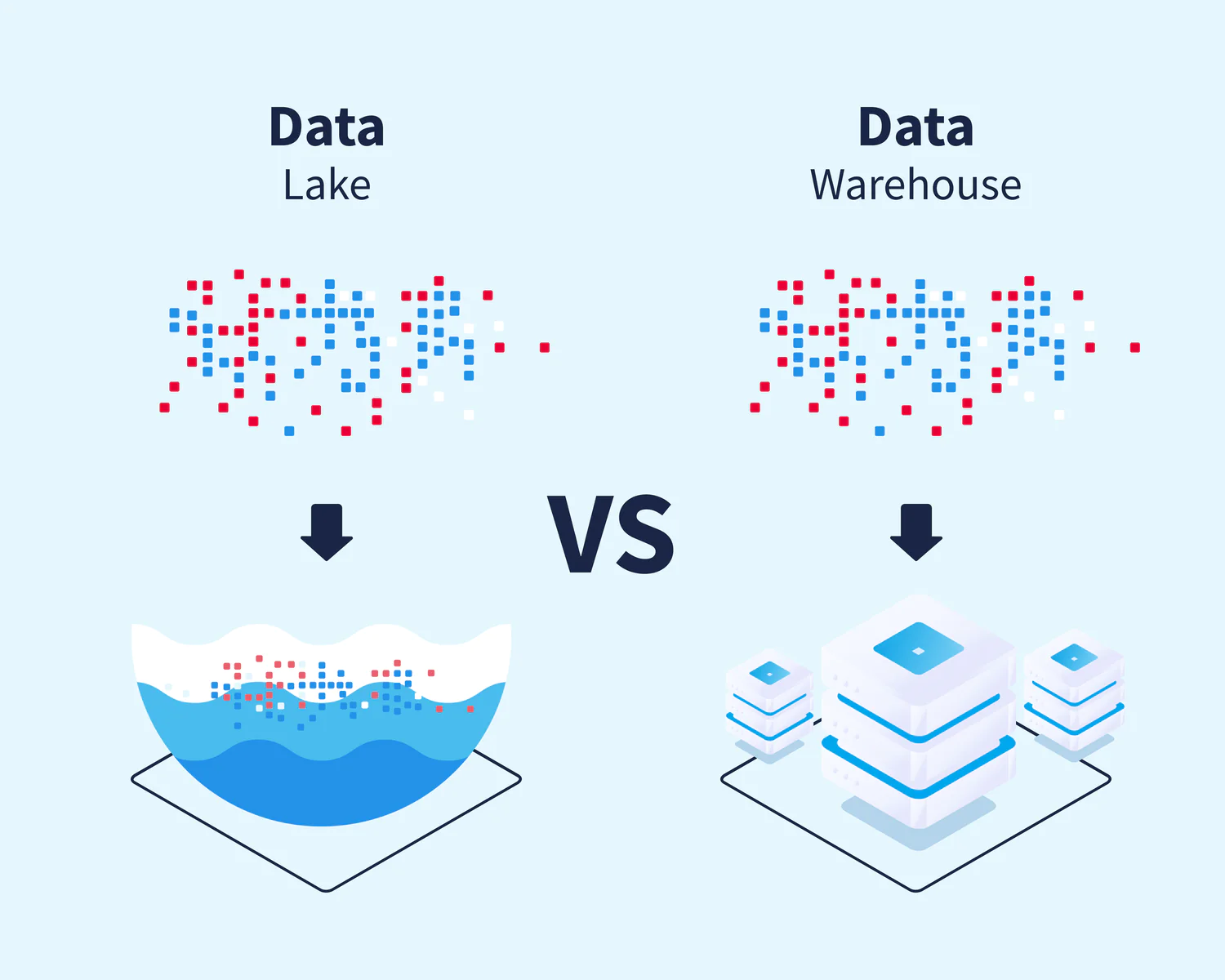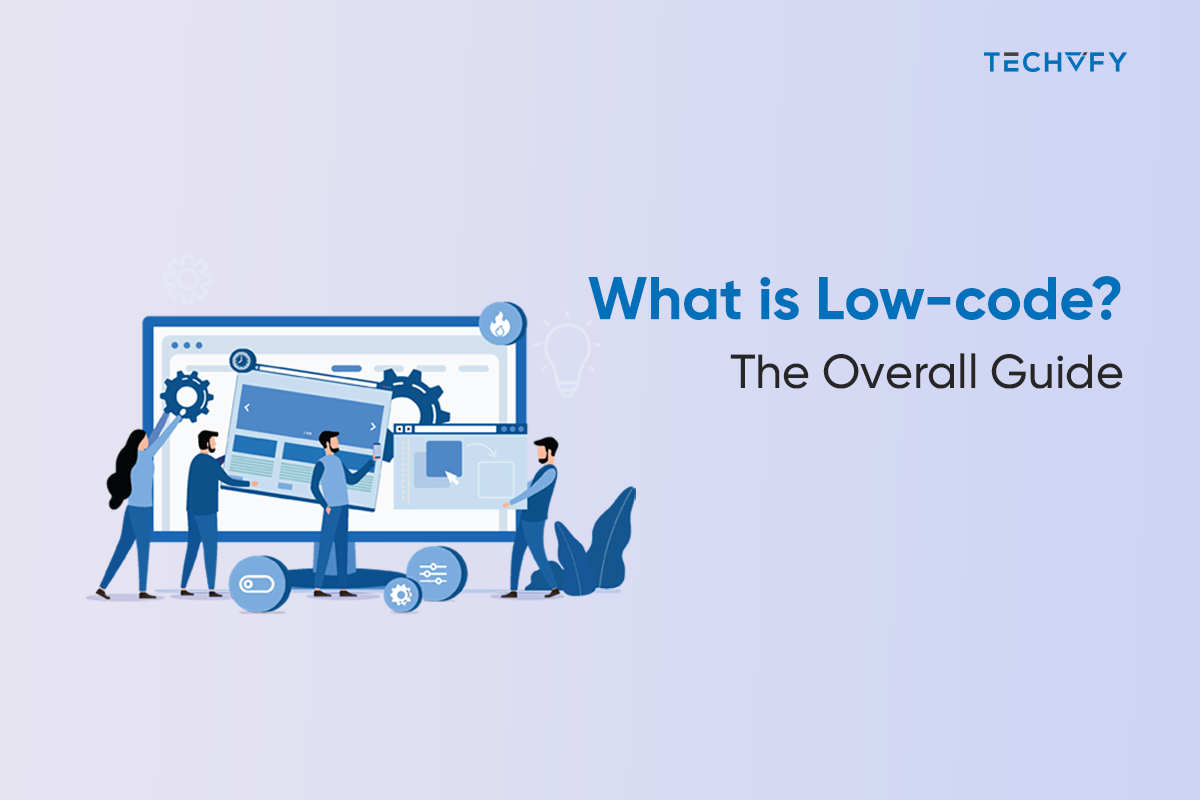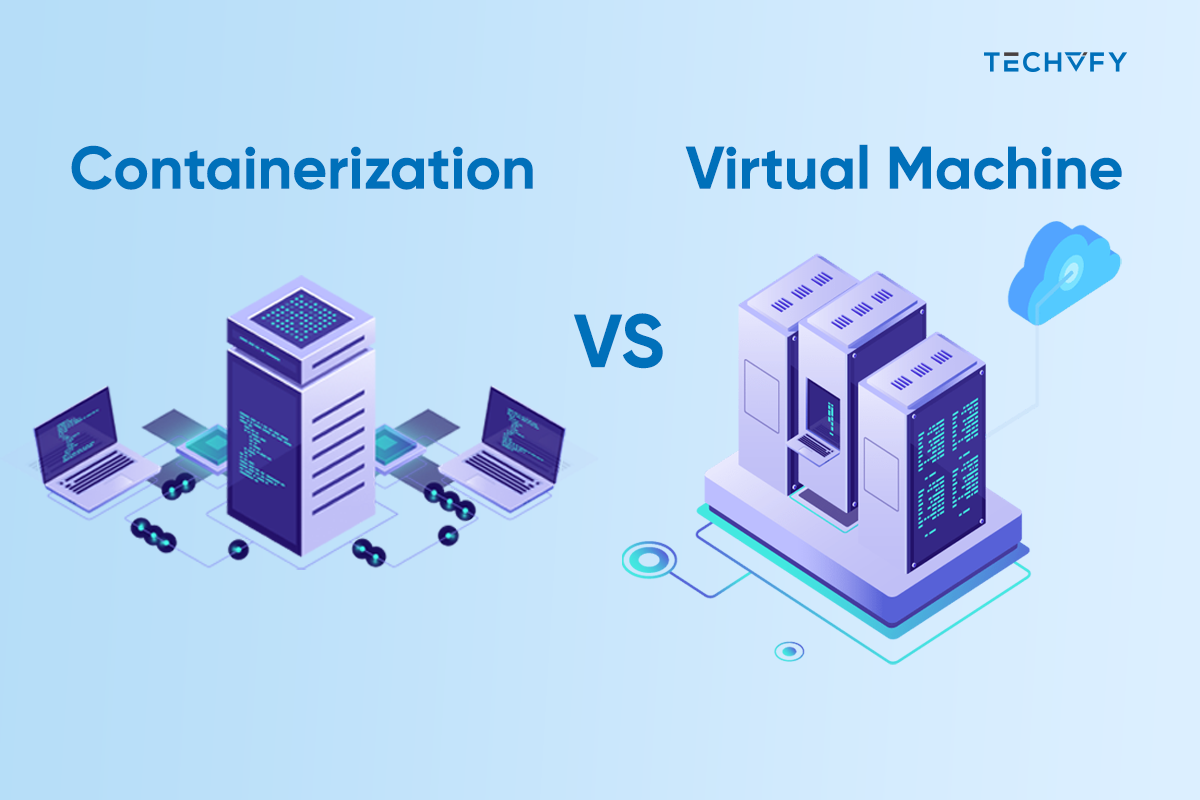We have access to an unprecedented amount of data. Storing this data is crucial, yet choosing the appropriate data storage solution can be complex.
This article delves into two main big data storage options: data lakes vs data warehouses. We will outline the advantages of each and highlight the fundamental differences between a data lake and a data warehouse, helping you determine the most suitable strategy for your business.
Data Lake vs. Data Warehouse: Overview
What is Data Lake?
A data lake is a centralized storage system that collects and retains vast amounts of data in its original state. This data is available for processing and analysis to support diverse analytical requirements. Its flexible, scalable design enables it to hold various data types, from structured (like database tables and Excel files) to semi-structured (such as XML files and webpages) and unstructured (including images, audio, and social media posts), maintaining the data’s original quality.

Data within a data lake is organized into raw, cleansed, and curated stages to cater to user needs. Data lakes ensure uniform data consistency for multiple applications, facilitating advanced analytics, machine learning, predictive analysis, and more.
See more data-related articles:
- What is Data Cleaning and Why Does It Matter?
- Exploratory Data Analysis: Everything you need to know
What is Data Warehouse?
A data warehouse, or an “enterprise data warehouse” (EDW), is a centralized system where businesses compile critical data, such as customer and sales information, for analytics and reporting.
It is utilized Data warehouses typically house a mix of current and historical data gathered, processed, and loaded (ETL) from various internal and external sources to generate insights and support decision-making through business intelligence (BI).

Functioning as the business’s single source of truth (SSOT), a data warehouse centralizes data in a consistent and non-volatile system, making it accessible to authorized personnel. It is engineered for online analytical processing (OLAP) and enables rapid, efficient multidimensional data analysis. Data warehouses are equipped to store vast amounts of summarized data, potentially reaching sizes of many petabytes.
Data Lake vs. Data Warehouse: Key Differences
| Aspect | Data Lake | Data Warehouse |
|---|---|---|
| Data Types | Accommodates structured, semi-structured, and unstructured data in native format. | Primarily stores structured data from business operations and applications. |
| Analytics Purpose | Suited for complex analytics, including machine learning and predictive modeling without predefined goals. | Designed for straightforward BI, reporting, and data visualization with specific analytical objectives. |
| Primary Users | Data scientists and analysts mainly utilize data lakes for exploratory analysis. | Business analysts, executives, and operational teams use data warehouses for insights and decision-making. |
| Data Processing | Supports ETL and ELT processes, with a preference for ELT, allowing raw data to be transformed as needed. | Relies on ETL processes to ensure data is clean and structured before analysis. |
| Schema Design | Employs a schema-on-read approach, where the data structure is applied during analysis. | Uses a schema-on-write system, structuring data before it is stored. |
| Storage Solution | Often utilizes non-relational platforms like Hadoop, cloud services, or NoSQL databases for storage. | Typically relies on relational databases, with data organized in disk storage for easy access. |
Looking for a Software Development Company?
TECHVIFY is the best option for you. Book a free consultation to get an accurate time and cost estimation for your project.
Data Lake vs. Data Warehouse Example
Data Lake Examples
Netflix: Netflix uses a data lake to store and analyze massive volumes of data generated from its streaming service. This data includes user viewing habits, preferences, and interactions. The insights gained from this data help Netflix recommend content, optimize streaming quality, and make content purchasing decisions.
Airbnb: Airbnb utilizes a data lake to aggregate and analyze data from various sources, including website activity, booking information, and user reviews. This comprehensive data repository supports advanced analytics to enhance customer experiences, optimize pricing strategies, and improve property listings.
Pfizer: In the pharmaceutical industry, Pfizer employs data lakes for research and development. Their data lake stores vast data from clinical trials, research studies, and real-world evidence. This setup facilitates advanced analytics for drug discovery and development processes.
Royal Dutch Shell: Shell uses a data lake to optimize its operations across the energy sector. The data lake integrates drilling sensors, operational logs, and environmental data, supporting predictive maintenance, exploration analysis, and operational efficiency.
Zalando: The European e-commerce giant Zalando leverages a data lake to process and analyze data from its extensive online retail operations. This includes customer behavior data, product interactions, and supply chain logistics, helping Zalando personalize shopping experiences and streamline operations.
Data Warehouse Examples
Amazon Redshift: While Amazon provides a widely used data warehouse service, Amazon Redshift, it also uses data warehousing internally to analyze customer behavior, manage inventory, and optimize logistics across its massive e-commerce platform.
Capital One: Capital, One uses data warehouses to manage and analyze financial data, including transactions, customer profiles, and fraud detection. This structured data environment supports their data-driven decision-making in offering personalized banking services and maintaining regulatory compliance.
eBay: eBay employs a data warehouse to handle the vast amounts of structured data generated from online auctions and sales. This supports analytics for customer insights, product recommendations, and fraud detection.
UnitedHealth Group: This healthcare and insurance provider uses a data warehouse to consolidate data from various sources, including patient records, claims data, and healthcare provider information. This supports analytics for patient care, insurance risk assessment, and healthcare service improvements.
Walmart: Walmart uses a data warehouse to analyze sales data, inventory levels, and customer trends across its global network of stores and online platforms. This supports supply chain optimization, sales forecasting, and customer service enhancements.

Which One Should You Choose?
Use a Data Lake When
- Handling Big Data: You have vast amounts of structured and unstructured data (like text, images, and video) and need a storage solution that can scale accordingly.
- Data Exploration and Advanced Analytics: You require a platform for data scientists and analysts to perform deep analytics, machine learning, and predictive modeling directly on raw data.
- Flexibility in Data Processing: You need the flexibility to store data without initially knowing how you will query it (schema-on-read), allowing for diverse future use cases.
- Cost-Effective Storage: You’re looking for a cost-effective way to store large volumes of data. Data lakes, especially those in cloud environments, can offer lower storage costs than traditional data warehousing solutions.
- Agility and Innovation: Your organization prioritizes agility and the ability to quickly experiment with data to discover new insights or build innovative data-driven applications.
Use a Data Warehouse When
- Structured and Curated Data: You have structured data, or you require a structured format for your data, and it needs to be cleaned, enriched, and ready for analysis.
- Business Intelligence and Reporting: You must support business intelligence (BI) tools and dashboards that require quick, reliable access to structured data for standard reports and metrics.
- Performance and Speed: Complex analytical queries across large datasets require fast performance, and data warehouses are optimized for this workload.
- Data Consistency and Quality: Your use case demands high data quality and consistency, ensuring everyone bases decisions on the same data.
- Regulatory Compliance and Security: You operate in an industry with strict data governance and compliance requirements or need sophisticated data access controls. Data warehouses often provide more mature tools for managing these aspects.
Conclusion
Choosing between a data lake and a data warehouse depends on your data management needs. Data lakes are best for storing vast, raw data and are ideal for deep analytics and handling diverse data types. They offer flexibility and cost efficiency for organizations exploring big data. Data warehouses, however, are structured for quick, reliable access to processed data, supporting business intelligence and reporting with high data quality and consistency.
Reach out to TECHVIFY for expert guidance on navigating data lakes and warehouses. Our Data Services can help you harness the power of your data effectively. Contact TECHVIFY today to elevate your data strategy.
TECHVIFY – Global AI & Software Solutions Company
For MVPs and Market Leaders: TECHVIFY prioritizes results, not just deliverables. Reduce time to market & see ROI early with high-performing Teams & Software Solutions.
- Email: [email protected]
- Phone: (+84)24.77762.666





